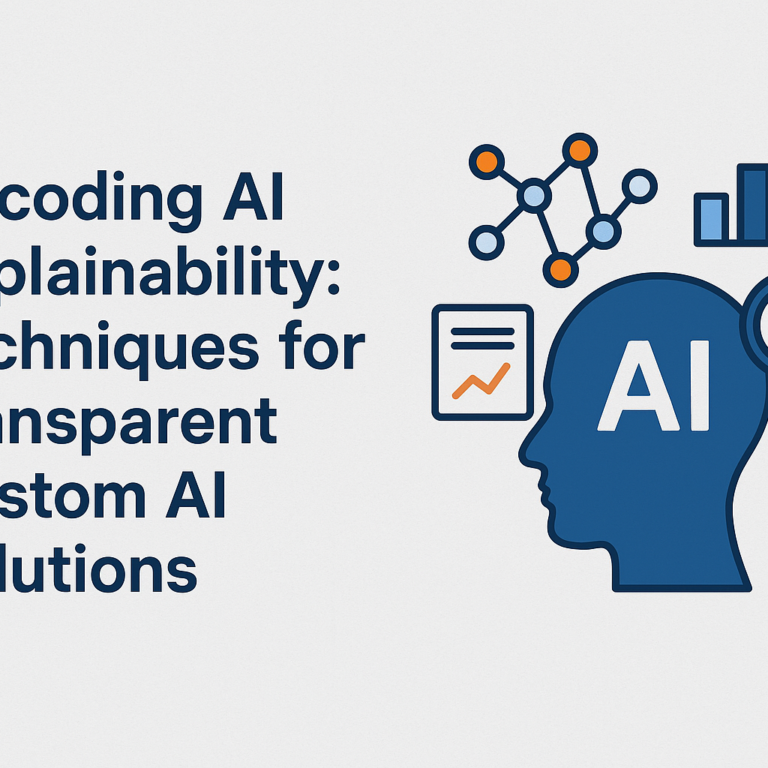Introduction
Text Generation Inference (TGI) models have revolutionized the way we generate coherent and contextually relevant text. Deploying these models efficiently is key to harnessing their full potential. In this article, we will explore the benefits of TGI models and dive into best practices for their deployment, including various deployment options and tips for optimizing performance and scalability.
Understanding the Power of TGI Models
TGI models, powered by cutting-edge language technology, excel at generating text that mimics human-like fluency and context awareness. Whether it’s chatbots, content generation, or automated customer support, these models have diverse applications.
Benefits of deploying TGI models
Coherent and contextual text: TGI models produce text that flows seamlessly, making it ideal for conversations, content generation, and more.
Efficiency and Consistency
Automation powered by TGI models ensures efficiency and consistency, reducing the need for manual intervention.
Scalability
TGI models can handle large volumes of text generation requests, making them suitable for both small businesses and large enterprises.
Deployment Options for TGI Models: Now, let’s explore the various deployment options for TGI models:
- Cloud APIs: Cloud providers offer APIs that allow you to integrate TGI models into your applications effortlessly. This option is convenient, scalable, and easy to manage, making it a popular choice for many businesses.
- Containerization: Docker containers provide a flexible way to package and deploy TGI models. Containerization ensures that your model runs consistently across different environments, from development to production.
- Serverless Functions: Serverless computing platforms, like AWS Lambda or Azure Functions, enable you to run TGI models without managing servers. This option is highly cost-effective, as you pay only for the compute resources used during execution.
Best Practices for Deploying TGI Models
- Model Optimization: Before deployment, optimize your TGI model for inference. Reduce unnecessary layers, quantize the model if possible, and use hardware acceleration for faster execution.
- Caching: Implement caching for frequently generated text to reduce redundant computation, particularly useful when handling repeated requests for the same text.
- Load Balancing: Distribute incoming requests across multiple instances to maintain performance during peak usage periods.
- Monitoring and Logging: Implement robust monitoring and logging to track model performance, errors, and usage patterns. This data can guide optimizations and troubleshoot issues quickly.
- Security: Secure your TGI model by implementing proper access controls, encryption, and authentication mechanisms, especially if it handles sensitive information.
- Cost Management: Continuously monitor and manage the cost of running TGI models. Serverless options can help control costs by automatically scaling based on demand.
Conclusion
Text generation inference (TGI) models are a powerful tool for generating coherent and contextually relevant text across various applications. When deployed effectively, TGI models can streamline processes, enhance user experiences, and drive business growth. By choosing the right deployment option and following best practices, you can unlock the full potential of TGI models while ensuring optimal performance, scalability, and cost efficiency. Embrace the future of text generation with TGI models and experience its transformative impact on your business.






